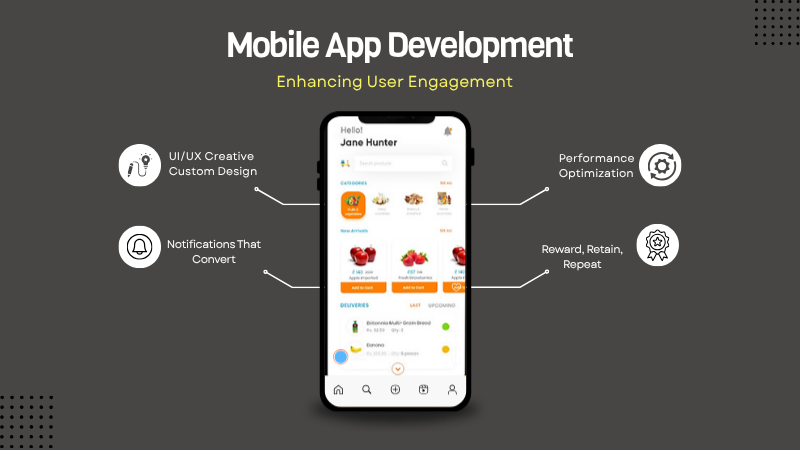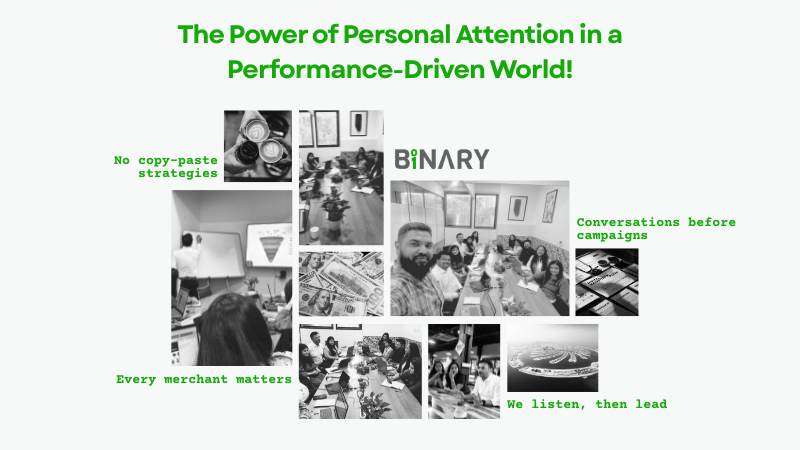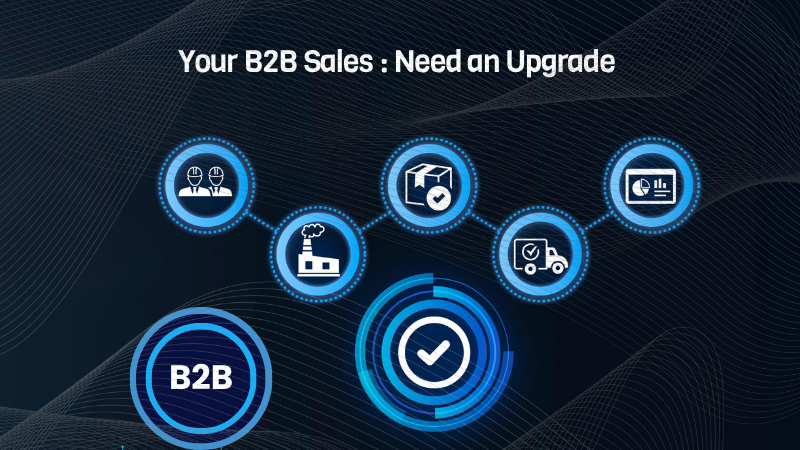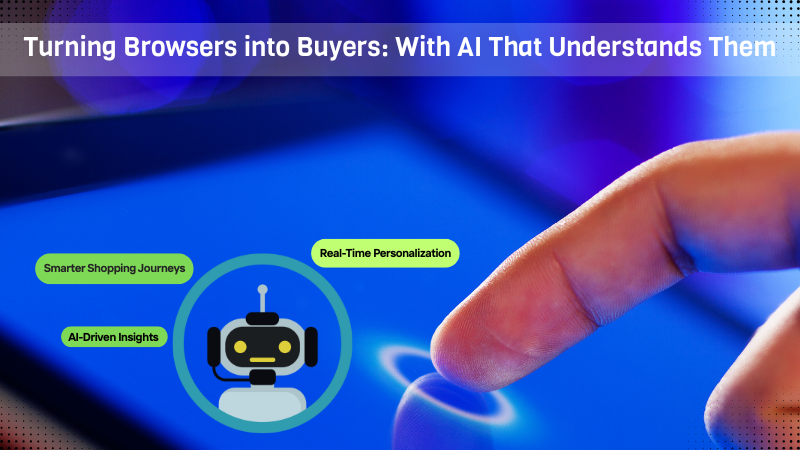In recent years, legacy brands, traditionally rooted in offline-first business models, have been making significant strides in the digital landscape. This transformation, often referred to as “reverse ageing,” sees well-established brands adopting digital-native strategies to appeal to a younger, more tech-savvy audience. From fashion to FMCG, these brands are leveraging advances in digitalization, big data, and analytics to create direct-to-consumer (D2C) infrastructures, reshaping their marketing and product offerings.
The Shift to D2C: A New Frontier for legacy brands
For decades, legacy brands have relied on conventional distribution channels—wholesalers, retailers, and physical stores—to reach consumers. However, the rise of e-commerce and the increasing preference for online shopping among younger consumers have prompted these brands to rethink their strategies. Over the past 3-4 years, many have invested heavily in building D2C platforms, allowing them to connect directly with consumers and bypass traditional intermediaries.
This shift has opened up new opportunities for legacy brands. By going digital, they can gather valuable consumer data, personalize marketing efforts, and launch products tailored specifically to the needs and preferences of digital natives. The ability to interact directly with consumers has also enabled these brands to foster stronger relationships and enhance brand loyalty.
Leveraging digitalization, Big data, and Analytics
The transition to a D2C model has been powered by advancements in digitalization, big data, and analytics. Legacy brands are now able to analyze vast amounts of data to gain insights into consumer behavior, preferences, and trends. This information is invaluable in crafting targeted marketing campaigns and developing products that resonate with younger audiences.
For example, a legacy fashion brand can use data analytics to identify emerging trends and quickly design and produce new collections that appeal to the digital-native market. Similarly, an FMCG brand can leverage big data to optimize its supply chain, ensuring that popular products are always in stock and available for online purchase.
Digitalization has also transformed the advertising and marketing strategies of legacy brands. With the ability to track and measure the performance of digital campaigns in real-time, brands can quickly adjust their tactics to maximize ROI. This agility is a significant departure from traditional marketing methods, where campaigns often took months to plan and execute.
The legacy advantage: Brand recall, distribution, and market reach
While pure-play D2C brands have the advantage of being born digital, legacy brands bring their own strengths to the table. Established brand recall, extensive distribution networks, and deep market reach are powerful assets that can be leveraged in the digital age.
Legacy brands can use their strong brand recognition to their advantage when launching new products aimed at digital natives. Even as they adopt new digital strategies, their heritage and reputation can reassure consumers, making them more likely to trust and purchase from the brand. Moreover, their established distribution networks allow them to offer omnichannel experiences, where consumers can seamlessly transition between online and offline shopping.
The market reach of legacy brands, built over decades, also provides a competitive edge. They have the resources and expertise to scale their D2C operations quickly, reaching a wide audience both online and offline. This ability to combine the best of both worlds—traditional strengths with digital innovation—positions legacy brands to challenge pure-play D2C competitors effectively.
Conclusion
The digital makeover of legacy brands represents a significant shift in the business landscape. By embracing D2C strategies, powered by digitalization, big data, and analytics, these brands are not only staying relevant but also thriving in a competitive market. Their ability to blend traditional strengths with new digital capabilities is enabling them to connect with younger audiences and carve out a new space in the D2C arena. As legacy brands continue to evolve, they are proving that age-old businesses can successfully adapt and thrive in the digital age.

















